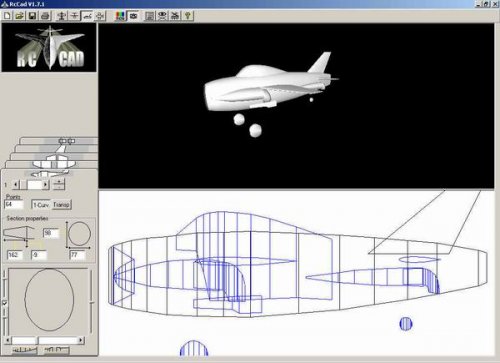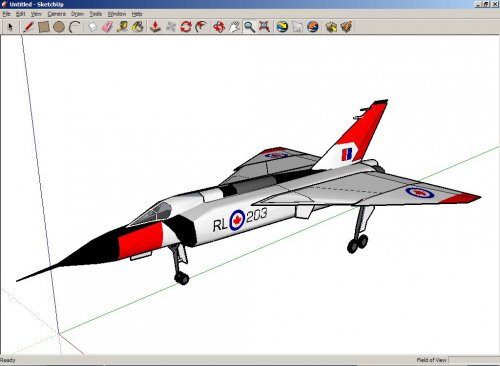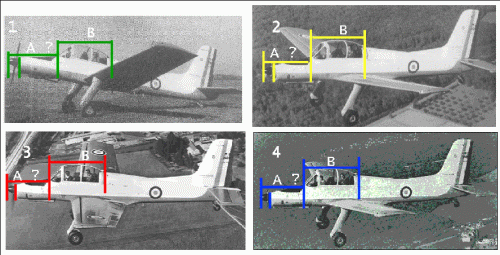- Joined
- 22 January 2006
- Messages
- 4,213
- Reaction score
- 2,010
I have been trying to learn how to start drawing aircraft (3 view, artistic, 3d...) but I don't know how to start. Which soft?, what I have to do to draw a wing?...If anybody would be so kind to give anwers to a few questions I have about the topic I'll write a "how to" fo the forum.
And of course...I will start to produce my own profiles and 3 views of unbuilt designs for the forum.
Anybody interested to start a class room here?
And of course...I will start to produce my own profiles and 3 views of unbuilt designs for the forum.
Anybody interested to start a class room here?



